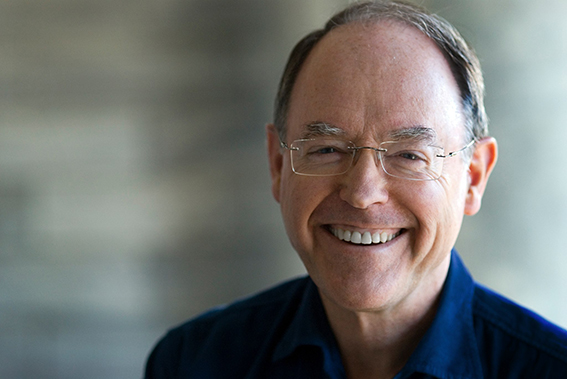“From an industry perspective, it’s always tough when incentives are removed but the government is pretty fiscally constrained,” says Financial Services Council chief executive Kirk Hope says, adding that he’s glad the government hasn’t removed subsidies altogether.
The subsidy will fall to 25 cents in the dollar up to a maximum of a little over $260 a year, saving the government an estimated $2.46 billion over the next four years.
Hope says one of the things his organisation has been talking to the government about is the need for employer contributions for 16 and 17-year-old workers.
The budged introduces employer contributions for these younger workers from July 1, although it does remove the subsidies for those earning more than $180,000 a year from that date.
Employer contributions for 16 and 17-year olds will start from April 1 next year when the minimum contributions of both employers and employees will rise to 3.5% of earnings, and contributions will rise to 4% from April 1, 2028.
“They’ve focused on the area where they can actually make the biggest difference,” he says.
Nick Hakes, chief executive of Financial Advice New Zealand, says the government is taking a longer-term view of the need to save for retirement, which is “a positive step.”
“Anything that encourages younger Kiwis to be more engaged with KiwiSaver is a positive step.”
However, “the impact of the changes will impact families and individuals in different ways and highlights the need for professional financial advice to make sense of it,” Hakes says.
“a positive step for creating wealth and prosperity for the long term.”
Hakes also welcomed the pre-budget announcement of more focus on embedding financial knowledge in schools as “a positive step for creating wealth and prosperity for the long term.”
Nikko Asset Management chief executive Stuart Williams noted that the government must be hoping the economy will have improved before the first increases in employer contributions begin next year.
“It’s a tough time for many businesses,” Williams notes, but says the contribution increases are probably the first of many and that we need to get closer to Australian superannuation contribution rates which will rise to 12% of earnings from July 1 this year and which employers must match.
The increased contribution rates come with opt-out provisions for employees claiming hardship and KiwiSaver remains voluntary while Australian superannuation is compulsory.
“Ultimately, it’s good that we’re encouraging or trying to promote a greater level of savings,” Williams says.
He doesn’t think the government subsidies encourage greater savings, other than at the margin, and so the reduction isn’t likely to have a major impact.
“More money flowing into financial markets is probably positive for fund managers,” he says.

![[TMM Podcast] Yelsa serves up “marine reserve” of property buyers](https://www.goodreturns.co.nz/pics/mike%20harvey.jpg)



 Search
Search
